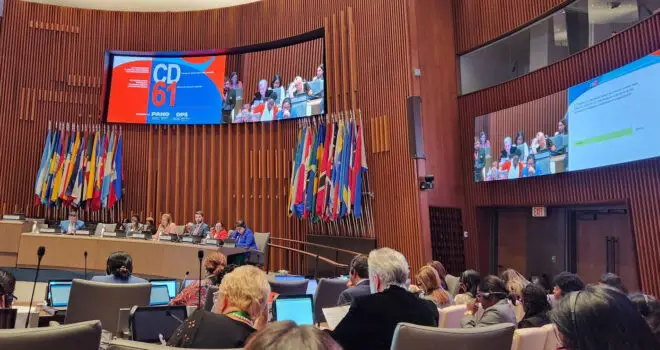The first-ever report on the global use and public health impact of smokeless tobacco finds that more than 300 million people in at least 70 countries use these harmful products. The report, Smokeless Tobacco and Public Health: A Global Perspective, has just been released by the CDC and the National Cancer Institute.
There is a wide range of smokeless tobacco products with different characteristics in use around the world, including chewing tobacco, snuff, gutka, betel quid with tobacco, snus, toombak, iqmik, tobacco lozenges, and others.The serious health effects of these products have been documented. As the report explains, there is sufficient evidence to conclude that smokeless tobacco causes oral cancer, esophageal cancer, and pancreatic cancer in humans. Smokeless tobacco use also causes adverse oral health outcomes, including oral mucosal lesions, leukoplakia, and periodontal disease. Additionally, smokeless tobacco products contain nicotine, and users of these products demonstrate signs of dependence similar to those of cigarette smokers, including tolerance with repeated use and symptoms of withdrawal upon cessation of use.
In addition to detailing the serious and well-documented health effects of smokeless tobacco products, the report also examines the distinct challenges and policy solutions in reducing the burden of smokeless tobacco use.
In countries with the highest prevalence of smokeless tobacco use, smokeless tobacco prices are lower, warning labels are weaker, surveillance is less developed, fewer evidence-based cessation interventions are available, and fewer resources are devoted to prevention and control programs, when compared with cigarettes and other smoked tobacco products. Developing and implementing effective strategies will require increased public health capacity, particularly in low- and middle-income countries where the smokeless tobacco burden is high.


